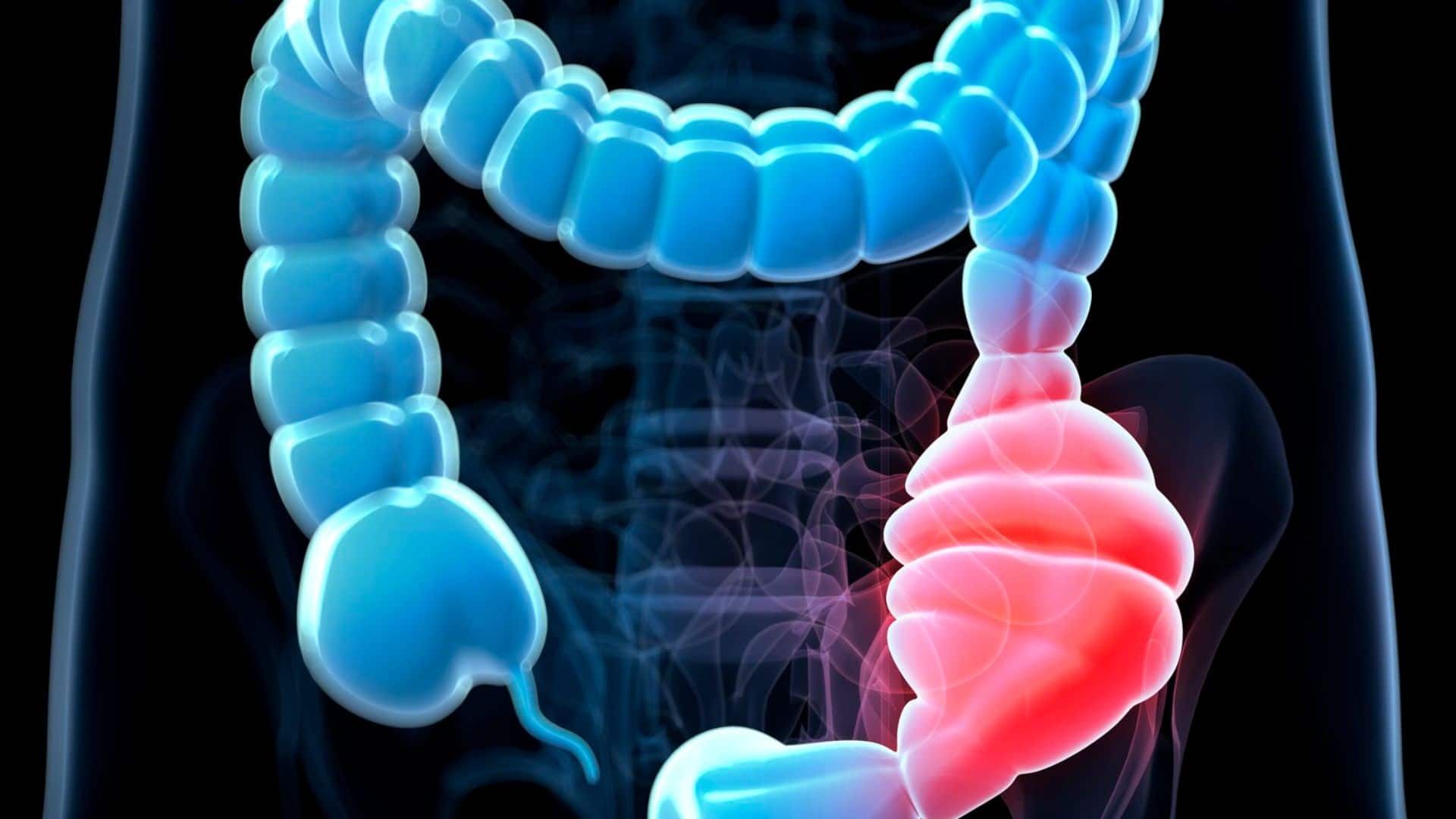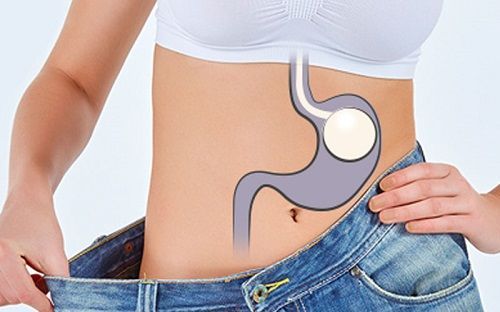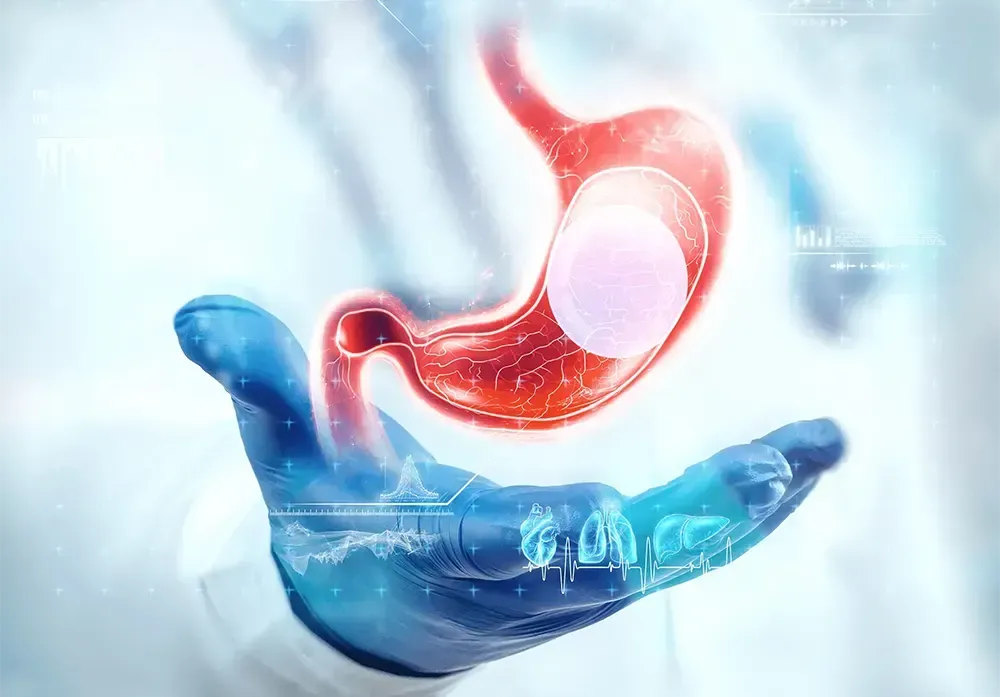ENDOSCOPIC SERVICES IN SAN DIEGO
Gastro SB provides a variety of endoscopic services to patients from Chula Vista, San Diego and Tijuana. Dr. Alayo performs procedures in two local hospitals and two private endoscopy centers. Dr. Alayo has a broad experience in procedures like colonoscopy, hemorrhoid banding, gastric balloon placement, upper endoscopy, endoscopic ultrasound, ERCP.
Colonoscopy Procedure
A colonoscopy procedure allows your doctor to examine the lining of your large intestine (colon) for abnormalities by inserting a thin flexible tube, as thick as your finger, into your anus and slowly advancing it into the rectum and colon. This instrument, called a colonoscope, has its own lens and light source and it allows your doctor to view images on a video monitor.
When used as a colon cancer prevention method, a colonoscopy can find potentially precancerous growths called polyps and remove them before they turn into cancer. This procedure is usually performed at an endoscopy or colonoscopy center.
ERCP
Endoscopic retrograde cholangiopancreatography, or ERCP procedure, is a specialized technique used to study the bile ducts, pancreatic duct and gallbladder. Ducts are drainage routes; the drainage channels from the liver are called bile or biliary ducts. The pancreatic duct is the drainage channel from the pancreas.
During ERCP, your doctor will pass an endoscope through your mouth, esophagus and stomach into the duodenum (first part of the small intestine). An endoscope is a thin, flexible tube that lets your doctor see inside your bowels. After your doctor sees the common opening to the ducts from the liver and pancreas, called the major duodenal papilla, your doctor will pass a narrow plastic tube called a catheter through the endoscope and into the ducts. Your doctor will inject a contrast material (dye) into the pancreatic or biliary ducts and will take X-rays.
Endoscopic Ultrasound
Endoscopic ultrasonography (EUS) allows your doctor to examine your esophageal and stomach linings as well as the walls of your upper and lower gastrointestinal tract. The upper tract consists of the esophagus, stomach and duodenum; the lower tract includes your colon and rectum. EUS is also used to study other organs that are near the gastrointestinal tract, including the lungs, liver, gallbladder and pancreas.
EUS provides your doctor with more information compared to other imaging tests by providing detailed images of your digestive tract. Your doctor can use EUS to diagnose certain conditions that may cause abdominal pain or abnormal weight loss.
EUS is also used to evaluate known abnormalities, including lumps or lesions, which were detected at a prior endoscopy or were seen on x-ray tests, such as a computed tomography (CT) scan. EUS provides a detailed image of the lump or lesion, which can help your doctor determine its origin and help treatment decisions. EUS can be used to diagnose diseases of the pancreas, bile duct and gallbladder when other tests are inconclusive or conflicting.
Hydrogen Breath Test
The hydrogen breath test is a precision instrument that detects lactose intolerance, bacterial overgrowth, sucrose intolerance, sucrose and fructose intolerance. This monitor tests for hydrogen, which is among one of the gases produced in the intestinal lumen by the bacteriological breakdown of carbohydrates in the intestine. After diffusion into the bloodstream, the H2 is expired in the exhaled breath through the alveoli. This measurement of H2 in exhaled breath is used to detect abnormal breakdown or malabsorption of carbohydrates in the intestine.
At Gastro SB, we specialize in four types of hydrogen breath tests.
Lactose Intolerance Breath Test
Lactose intolerance is the inability to digest lactose, the sugar found in milk. It causes cramping, bloating, gas or diarrhea any time dairy products are consumed. Lactose intolerance occurs due to the body’s lack of lactase, an enzyme normally produced by the small intestine. The lactose intolerance breath test is a quick way to discover if a patient has lactose intolerance. Studies indicate that as many as 70% of patients that have lactose intolerance do not relate their symptoms to lactose ingestion.
Bacterial Overgrowth Breath Test
Normally, the human small intestine contains only small amounts of bacteria. Two major factors control the numbers and kinds of bacteria found within the small intestine: gastric acid secretion and intestinal motility. Alterations in gastric acid secretion and intestinal motility provide the setting for development of bacterial overgrowth. The consequences of bacterial overgrowth within the small intestine can be serious malabsorption that results in clinically important deficiencies of several nutrients.
Sucrose Intolerance Breath Test
Sucrose intolerance will usually give symptoms like watery diarrhea, bloating, excess gas production, abdominal pain, and malabsorption of other nutrients. Other symptoms may include nausea, vomiting, or reflux-like symptoms.
Fructose Intolerance Breath Test
Hydrogen testing for fructose intolerance is becoming an important test for the Gastroenterologist to diagnose distressing stomach symptoms. The fructose intolerance breath test explains why eating too much fruit or drinking a non-diet soda can trigger an upset stomach, excessive gas, and bloating. Fructose intolerance has become a recent problem when food manufacturers starting to substitute fructose for sucrose in their foods because fructose is sweeter and less expensive than sucrose.
Capsule Endoscopy
Capsule Endoscopy lets your doctor examine the lining of the middle part of your gastrointestinal tract, which includes the three portions of the small intestine (duodenum, jejunum, ileum). Your doctor will give you a pill sized video camera for you to swallow. This camera has its own light source and takes pictures of your small intestine as it passes through. These pictures are sent to a small recording device that is worn on your body.
Your doctor will be able to view these pictures at a later time and might be able to provide you with useful information regarding your small intestine.
Bravo Capsule Endoscopy
The 48-hour Bravo Capsule Endoscopy checks the amount of acid that comes back into your esophagus from your stomach.
Your Bravo Capsule test can tell your doctor the amount of acid reflux you have and length of time you experience it as you go about your normal activities. This procedure is also used to determine if you have gastroesophageal reflux disease (GERD).
You will have your Bravo Capsule test during an upper endoscopy procedure. The capsule will measure the amount of acid reflux you have. This information will then be sent to a receiver that you will wear on your waistband or belt.
Upper Endoscopy
Upper endoscopy lets your doctor examine the lining of the upper part of your gastrointestinal tract, which includes the esophagus, stomach and duodenum (first portion of the small intestine). Your doctor will use a thin, flexible tube called an endoscope, which has its own lens and light source, and will view the images on a video monitor.
Your doctor might start by spraying your throat with a local anesthetic or by giving you a sedative to help you relax. You'll then lie on your side, and your doctor will pass the endoscope through your mouth and into the esophagus, stomach and duodenum. The endoscope doesn't interfere with your breathing, Most patients consider the test only slightly uncomfortable, and many patients fall asleep during the procedure.
Providing Endoscopic Services in Chula Vista, San Diego and Tijuana
Please be assured that by coming to Gastro SB you will have an experienced gastroenterologist’s diagnosis who will treat your digestive conditions. We are proud to practice evidence-based medicine in San Diego. We perform endoscopic services that meet high quality measurements. We have considerable experience performing Colonoscopy procedures for patients from Chula Vista, San Diego and Tijuana.
Erick Alayo, M.D.
Gastroenterologist
Dr. Erick Alayo is a Board Certified Gastroenterologist who went to medical school at the Universidad Peruana Cayetano Heredia in Lima, Peru. Erick then completed his internship and residency in Internal Medicine at Cook County Hospital of Chicago.
Gastro SB Clinic offers comprehensive treatment for a wide range of gastrointestinal and nutritional conditions.

























